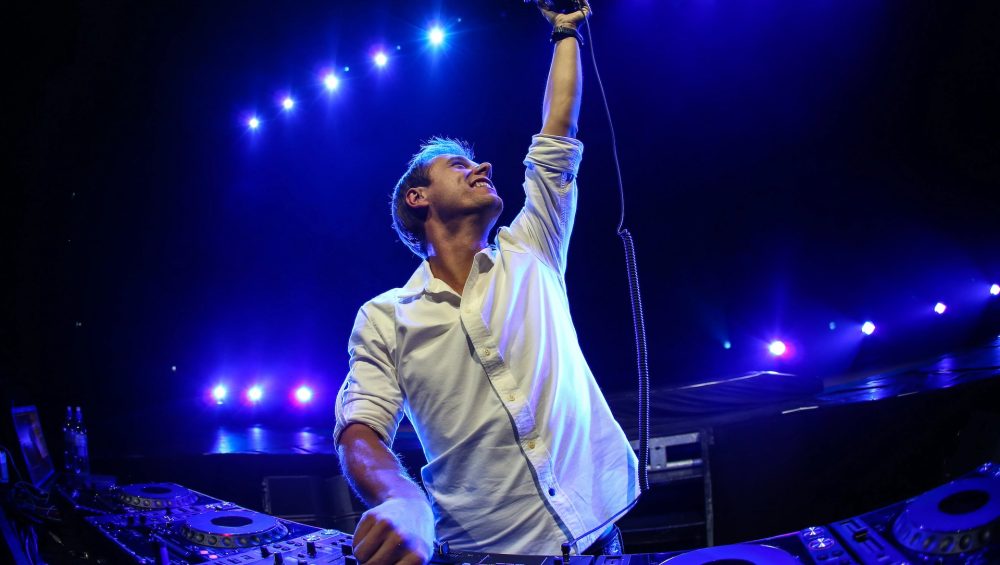

Back in the ’50s and ’60s, DJs weren’t who you’d picture behind a club booth—they were mostly radio guys. Headphones were crucial even then, mainly for monitoring the broadcast, cueing up vinyl, and chatting with engineers behind the glass. These weren’t the sleek cans we rock today—just big, clunky mono headphones doing the job.
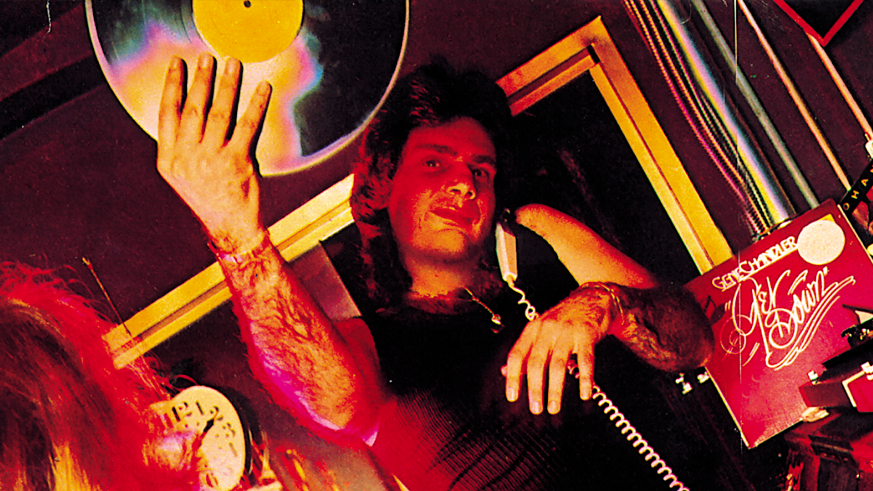

Fast forward to the late ’60s and early ’70s, and things started to shift. DJs moved from radio to the dancefloor. In New York, a gentleman named Francis Grasso changed the game. He started using headphones to cue records—listening to one track in the headphones while another played through the system. That might sound basic now, but back then, it was revolutionary. His beatmatching techniques helped invent what we now just call “mixing.”
By the time disco and early electronic music took off in the late ’70s and early ’80s, seamless transitions became the gold standard. Cueing and beatmatching weren’t just skills—they were survival. And you couldn’t do that without decent headphones. That’s when brands like Sony, Sennheiser and Technics stepped up, designing headphones that actually made sense for DJs—swivel cups, better isolation, durable build.
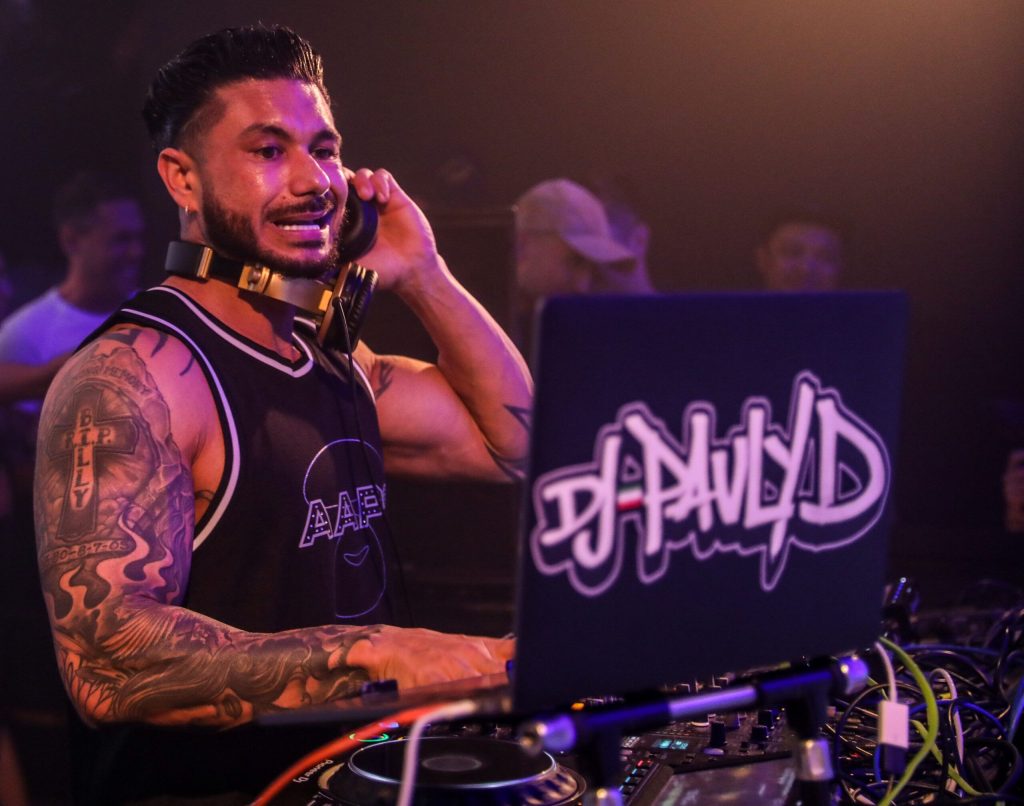

Then came the ’90s and 2000s. House, techno, hip-hop, rave—it all exploded. DJ gear got better, louder, tougher. Headphones weren’t just tools anymore; they became part of the look. DJs needed headphones that could take a beating, handle high volumes, and still deliver clear bass for beatmatching in noisy clubs.
Models like the Sony MDR-V700, Technics RP-DJ1200, and the now-legendary Sennheiser HD 25 became staples. You’d see them hanging around the necks of every top DJ on flyers and in DJ mags. By then, headphones weren’t just useful—they were symbolic. Just like a doctor has a stethoscope, a DJ has headphones. Eventually, brands jumped on that energy—partnering with big-name DJs to release signature editions. Think NBA players’ signature sneakers, but for the DJ booth.
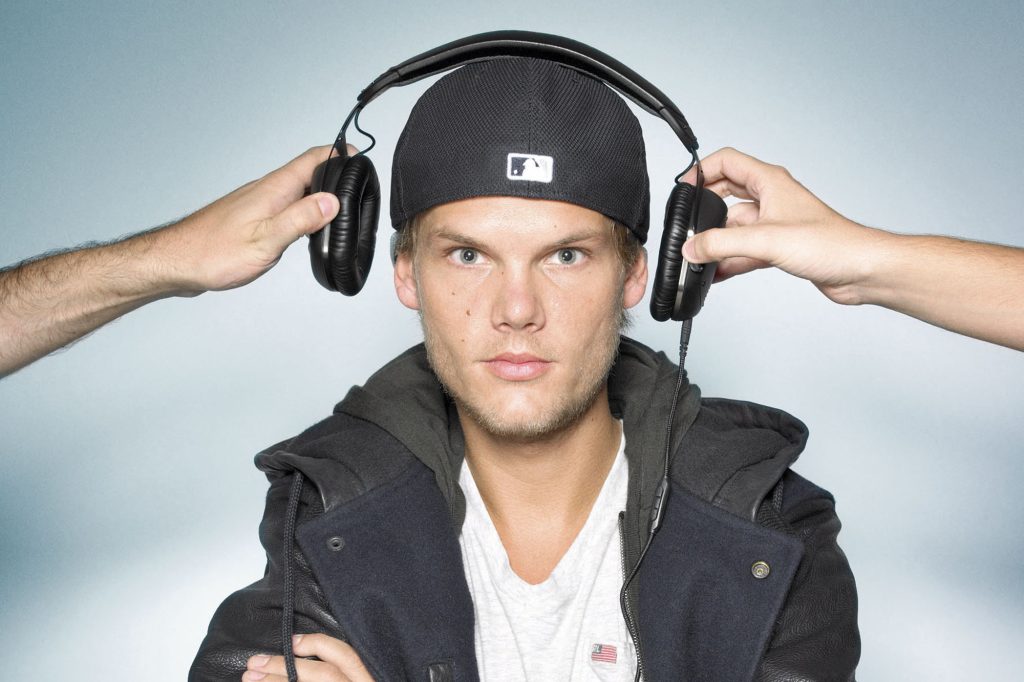

Then came the digital wave. With the rise of laptop DJing and controllers in the mid to late 2000s, things shifted again. DJs could see waveforms, cue visually, and even mix tracks without touching the pitch fader. Some DJs went as far as not even remove their headphones from their gig bags. We’ve met a few veteran DJs (some of them DJing since the early 80s) who don’t even bring headphones to gigs anymore.
Why? Well, when your tracks are analyzed, beatgrids are tight, and sync is just a button away, it’s tempting to ditch the headphones. For a lot of modern DJs, especially those playing tightly prepared electronic sets, headphones are just for previewing the next drop. That’s it.
But here’s where it gets interesting.
Not every track is perfectly mastered. Not every booth is tuned right. Sometimes the crowd energy shifts, or the track sounds off, or the drop feels too heavy—and that’s when headphones still matter. That’s when they’re your secret weapon. Your last line of defense before the track hits the system.
Plus, let’s be real: even if you barely use them during your set, a good pair of headphones is part of the DJ identity. They say, “I’m ready.” It’s your sword behind the decks—even if it stays sheathed most of the night.
So are DJ headphones becoming obsolete?
Not quite.
Their use is evolving. They may not be as central as they once were, but they’re still necessary. Whether it’s for those final checks before the drop, that one tricky blend, or just rocking them as part of your presence in the booth—the humble DJ headphone isn’t going anywhere just yet.

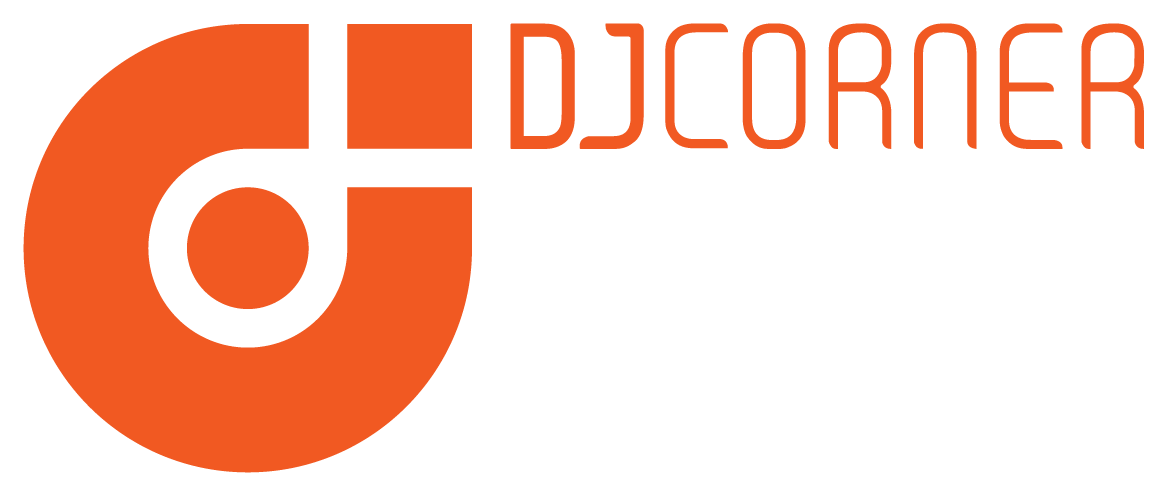
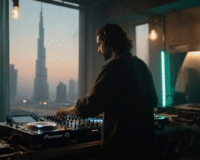

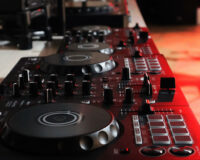
Leave a Reply